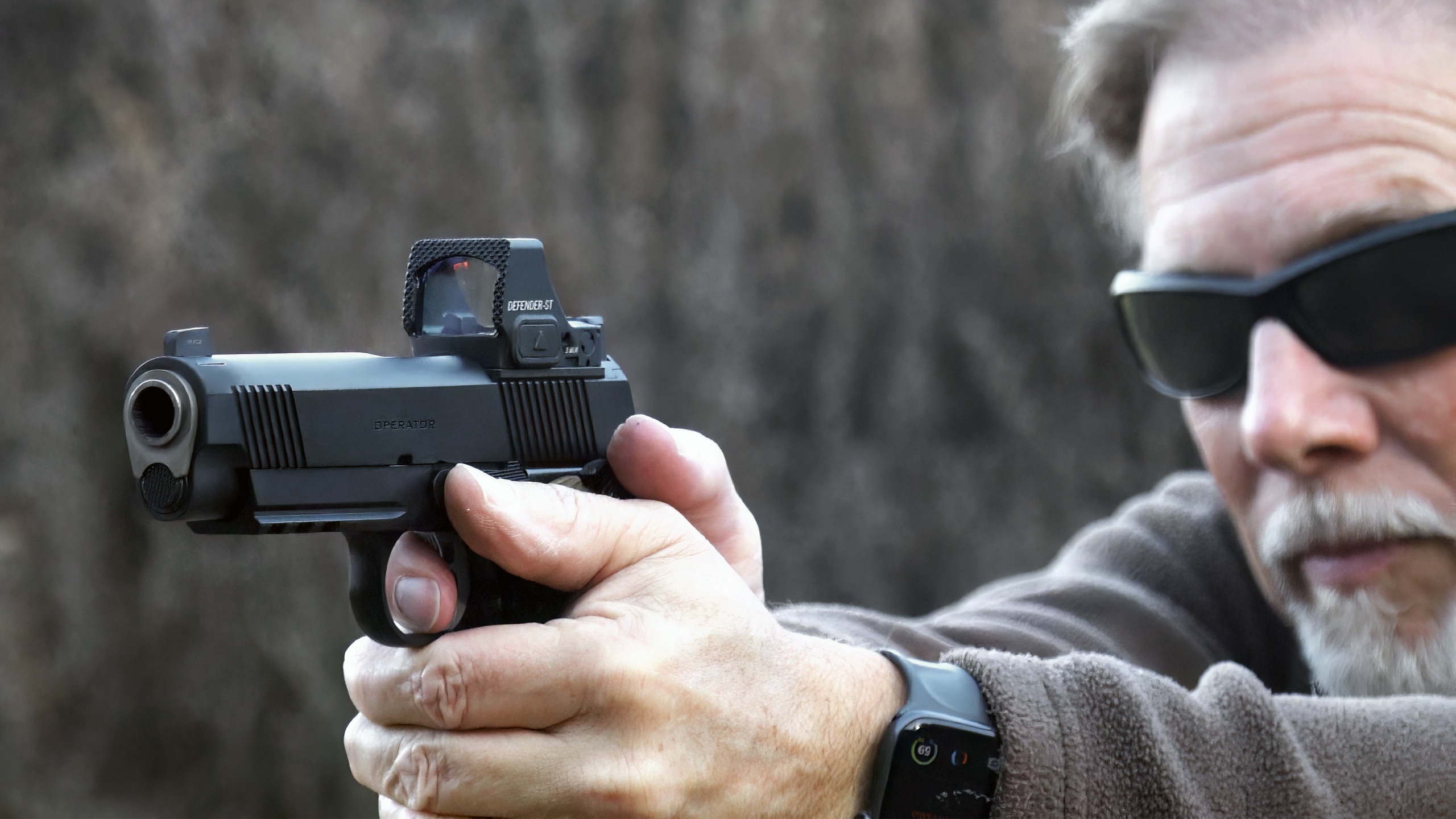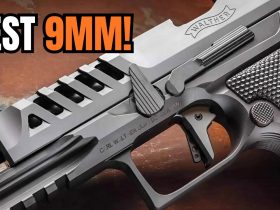More gun owners are harnessing the advantages of modern optics on their pistols, rifles and shotguns. Solid anchoring on the firearm is required to reap the full benefits, however, and the requirements to do so can be confusing.
Pistols shipping with slides pre-cut for mounting optics are a growing trend. Offerings today include models from Smith & Wesson, Walther, Springfield Armory, FN America, Ruger, SIG Sauer, Glock, Taurus and many others. The function is the same, but the footprints and manufacturer recommendations are often different.
Add the new trend for shotguns to wear reflex-sight footprints with different riflescope-mounting systems for rifles, and it’s hard to keep track of the best methods. Here’s what the experts recommend.
“I wish manufacturers did a better job of stating what footprint their guns come with or what plates they have available,” said Mike Branson, head of the Optics Division at Gideon Optics. “If you have questions or you are uncertain, good companies have good customer service. You should be confident in being able to reach out with an e-mail to your gun, optic or even adapter-plate manufacturer and just ask them flatly about compatibility.”
Do you use the mounting screws that shipped with your pistol? “It is best to use the screws coming from the most specialized part,” recommended Ian Jarrell, customer service manager at C&H Precision. “If you have an optic that is meant to be directly mounted, you will use the screws coming with the optic. If you need any type of plate, it is best to use the screws that come with the plate.”
Branson added, “If possible, I would use the ones provided by the optics company because the ‘shoulder’ of the screw is guaranteed to match up correctly with the taper of the holes in the optic, providing maximum contact between the screw and optic.”
Enthusiasts are accustomed to shotguns tapped for scope mounting or wearing rails, but more are wearing pistol-style footprints to solidly anchor reflex sights. Mossberg introduced several models with the feature earlier this year, and sales are brisk.
“The screws supplied with the optics are preferred. Some optics require flat-head screws, where button heads are provided by Mossberg,” according to Mossberg’s Director of Media Relations Linda Powell. “We cannot control the dimensions of the optic chosen.”
For those without the feature, Warne’s “… Shotgun Rib mount was designed to make virtually any shotgun ‘optics ready’ with zero modifications to the firearm,” Warne Scope Mounts Product Manager Justyn Schmidt, explained. “As with our other optic mounts, it is important to follow manufacturer torque recommendations to ensure sufficient clamping force without damaging your optic.”
Obviously, the screws shipped in bolt-action rifles drilled and tapped by the manufacturer are not capable of affixing scope mounts. They should be replaced with those screws provided by the base and rings or mount company, but that brings up another question—one-piece base or two?
“Two-piece [bases] work well for many applications and can provide easier access to the chamber. That said, two-piece bases can also sometimes limit options for ring placement and eye-relief adjustment on long actions,” explained Pete Moe, Leupold product line manager for mounts. “One-piece bases offer the choice of a 20-MOA cant, as well as flexible ring placement for shorter scopes, especially for longer actions.”
“I hate to admit … I’m a redneck at heart and I just want to apply angry-monkey-strength torque to everything and not take the time to use fancy tools properly,” Branson admitted. “But the truth is, if you use a Wheeler FAT wrench or a Fix-It-Sticks setup and you do it right, you’re setting yourself up for success in the long run. ”
“We do recommend using threadlocking compounds,” Jarrell said. “Most of our screws come with threadlocker on them, and we recommend using some threadlocker if you receive a screw without it. Be cautious, though: Too much threadlocker can turn your firearm into a paper weight.”
Read the full article here


















Leave a Reply